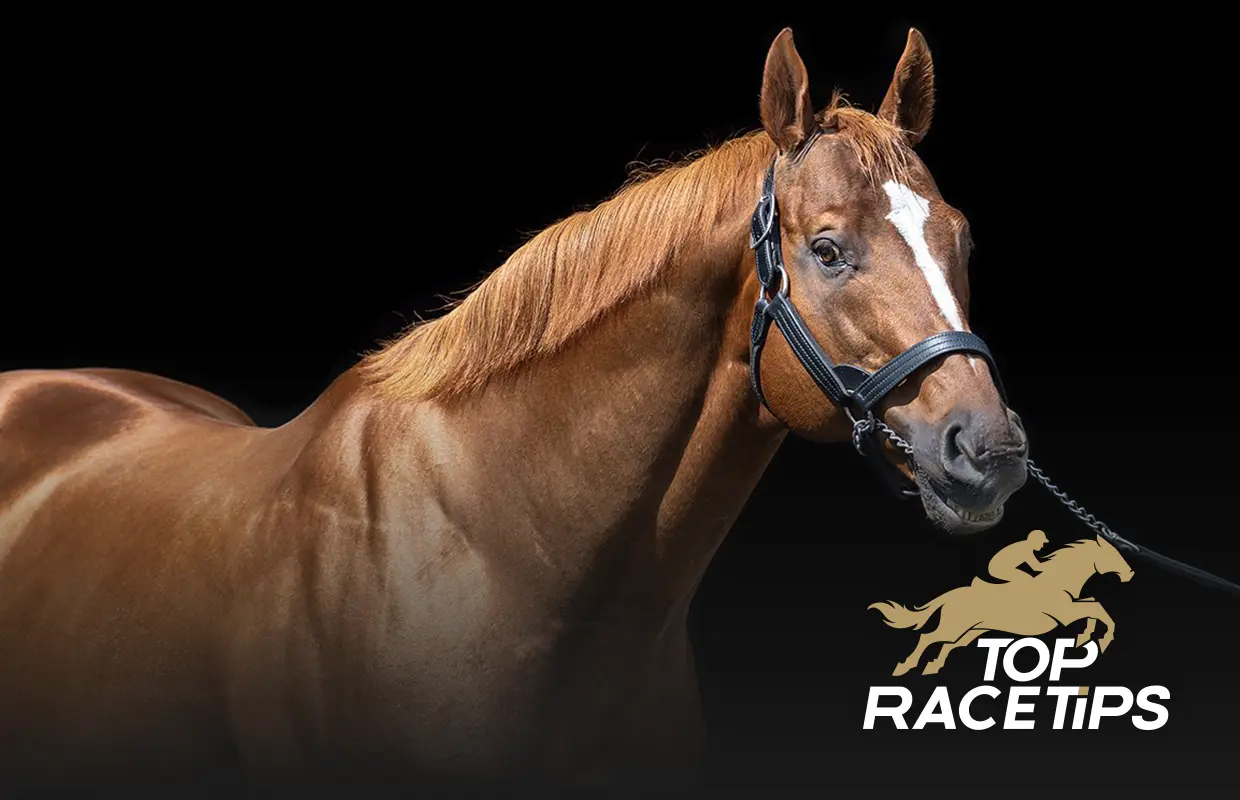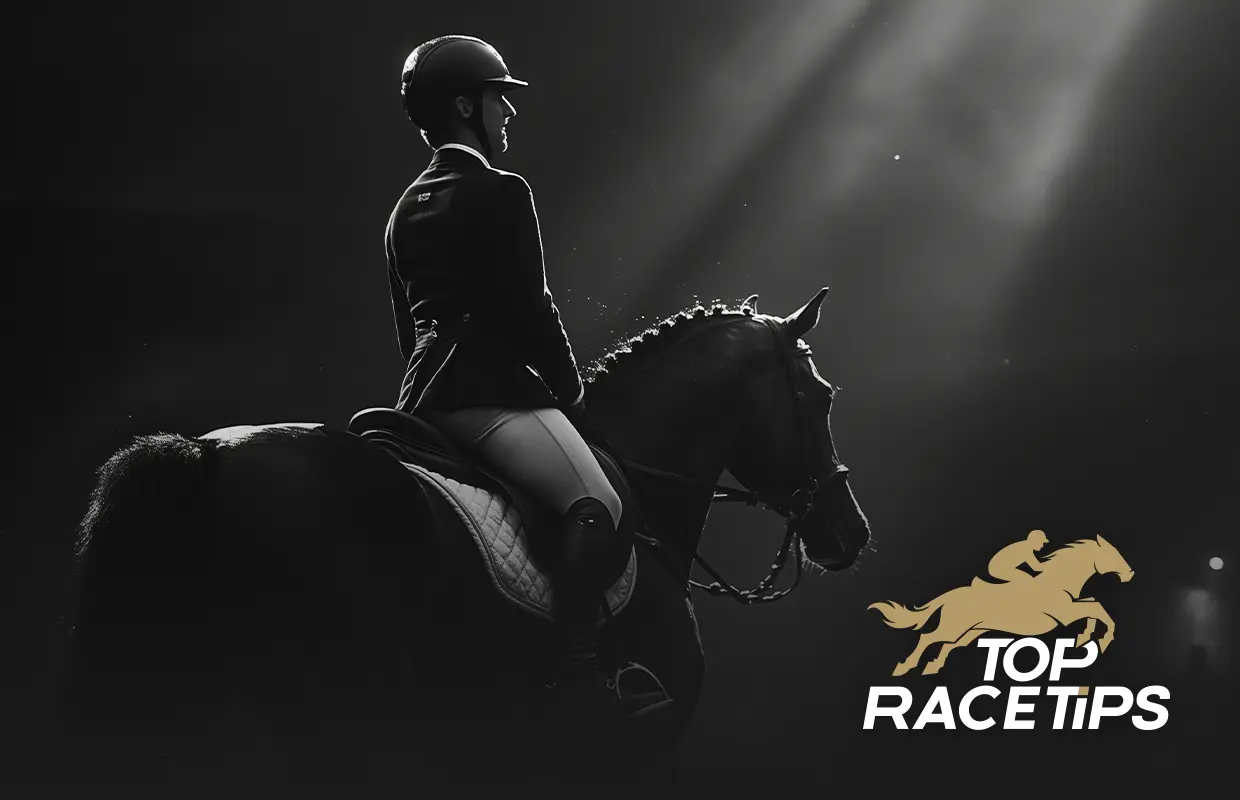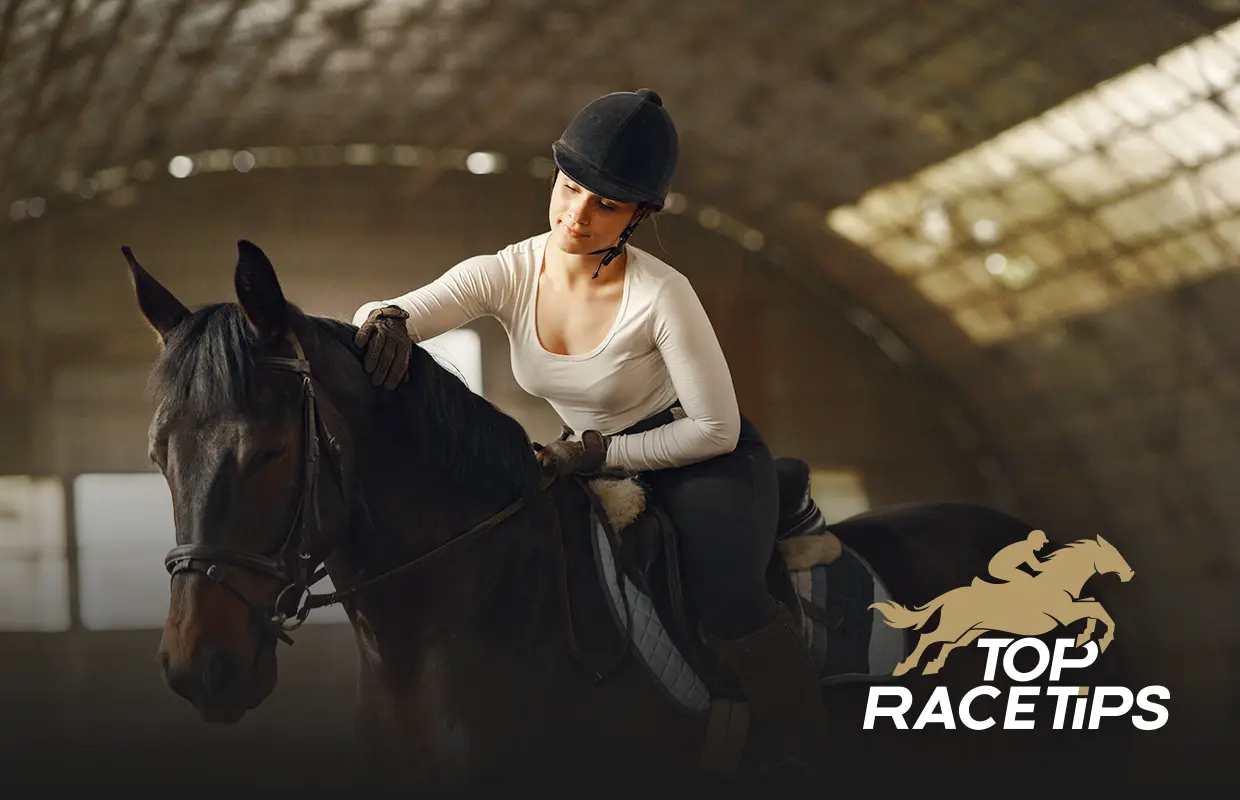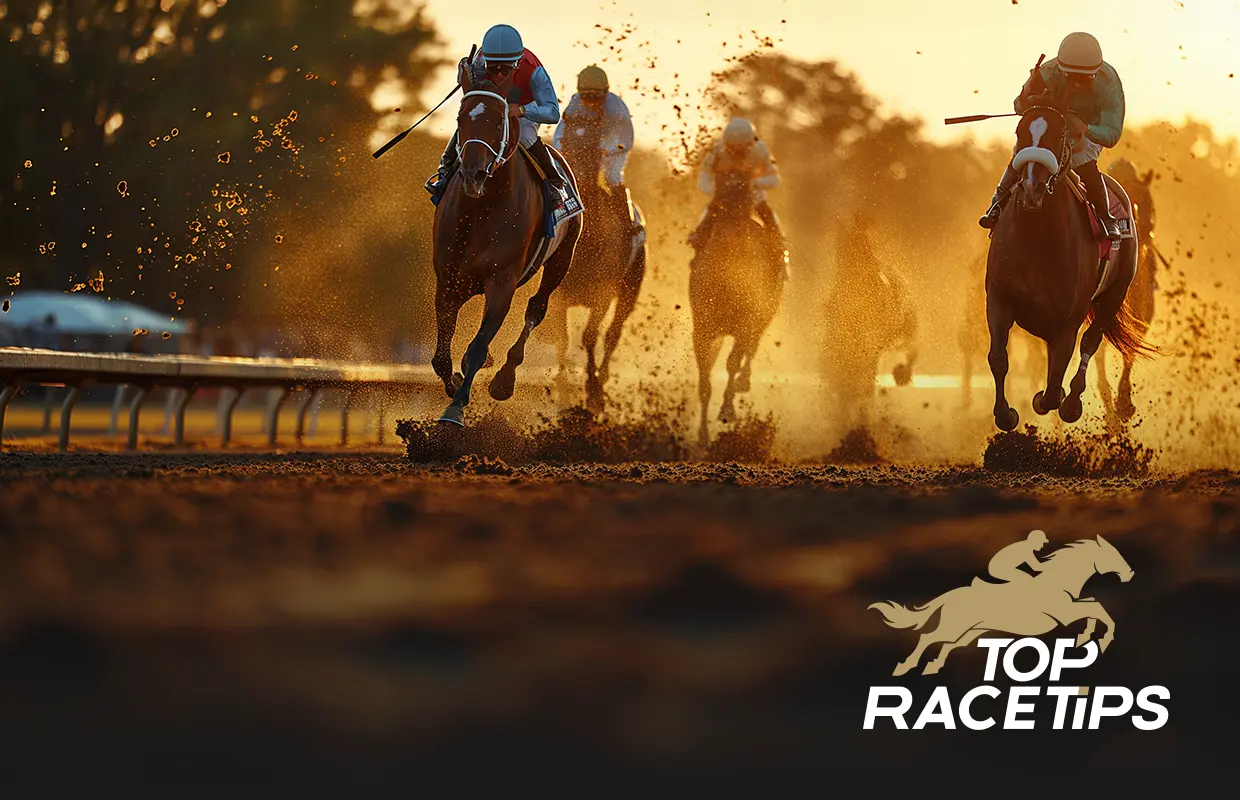
Ascot Racecourse is located in Ascot, Berkshire and is the centre of British horse racing. Ascot Racecourse was established by Queen Anne in 1711 and has evolved into one of the most prestigious racecourses around the globe. For over 300 years of sporting, traditional, and fashionable events, Ascot is known for its big races, rich history and worldwide attention.
From the glamour of Royal Ascot through to the prestige of the King George VI & Queen Elizabeth Stakes, Ascot is an essential part of the racing season. In 2026, Ascot continues to thrive, with Royal Ascot being held 16-20 June and race prize money expanding over the summer racedays. Blending tradition with innovation, Ascot still presents and defines the standard of racing achievement. Ascot Racecourse will always be an iconic British sporting venue.
Ascot’s story began in 1711 when Queen Anne, while riding close to Windsor Castle, found a stretch of open heathland that would provide a perfect location for racing. Later that year, the first race, Her Majesty’s Plate, took place, with a prize of 100 guineas. The horses were required to carry 12 stone and raced in three heats of four miles each, testing their stamina and endurance. The race was demanding and established Ascot’s reputation for excellence.
Through the centuries, Ascot thrived under royal patronage. By the 19th century, the Royal Enclosure was established, which cemented Ascot’s status as the most exclusive venue in racing. It became the place to meet for royalty, aristocracy and high society, where prestige and sporting achievement combined. The Victorian era marked the pinnacle of Ascot’s heritage and grandeur.
The 20th century brought major changes. During World War II, Ascot was used for military purposes before reopening stronger than ever. The biggest milestone was the 2006 redevelopment of parts of Ascot for £200 million, which delivered grandstands, hospitality, and world-class facilities. Today, Ascot hosts 26 annual racedays to cover both flat and jump seasons, alongside holding 13 of Britain's 36 Group 1 flat races, while keeping its strong royal connections and cultural relevance across the globe.
Royal Ascot, which occurs each June, is the pinnacle of Ascot Racecourse. Over the course of five days, it attracts more than 300,000 guests and millions of TV viewers around the world.
Royal Ascot holds 35 races, including eight Group 1 races, making it Britain's largest flat racing week and one of the greatest sporting experiences in the world.
Every day begins with the world-famous Royal Procession, where the Royal Family arrives in horse-drawn carriages, a tradition which began with King George IV in 1825. The Royal Procession adds an element of royalty, which makes Royal Ascot unique.
Fashion is central to the event. The Royal Enclosure has a strict dress code requiring men to wear morning suits and women to wear elegant dresses and hats. Ladies’ Day, on the third day of the week, is acclaimed around the globe for its fashion and glamour.
The races themselves are thrilling, but some of the most exciting races include:
In 2026, Royal Ascot takes place from 16–20 June, when the prize money will be at an all-time high and strong global participation is expected.
After Royal Ascot, the King George VI & Queen Elizabeth Stakes, run near the end of July, is another of Ascot's crowns. It was first run in 1951 and quickly became Europe’s leading midsummer race. Run over a mile and a half, it attracts the best horses aged three and up, regularly producing generational battles between the classic crop and seasoned older champions.
The King George produces legends. Winners like Nijinsky, Mill Reef, Shergar, and Galileo represent a showpiece occasion for both horses and trainers, where champions are crowned and the stage is set for a Prix de l’Arc de Triomphe Challenge in Paris later in the year.
Big news for 2026; the King George becomes the richest race in Britain with a prize fund worth £2 million. Significant steps for the future of racing, Ascot continue to show its commitment as a racing hub of global significance.
One of Ascot’s most iconic features is the Royal Enclosure, which was established in 1807 under King George III. Originally designed for the use of royal guests, the Royal Enclosure has grown to become the most exclusive area of the course. Entry is still required, either an invitation from a member or sponsorship from an established member in the Royal Enclosure.
The dress code is traditionally formal. Men must wear morning suits with waistcoats and ties, and also top hats. Women may wear modest dresses that fall just above the knee or longer, and their dress must be accompanied by a hat or headpiece. In all ways, this dress code enforces the Royal Enclosure's reputation and pride to be associated with elegance and tradition.
In the Royal Enclosure itself, guests are welcome to experience fine dining, including champagne bars, and experience the best views at track level. The Royal Enclosure is more than an area of the racecourse. It is a symbol of prestige and one of the most desired invitations in the sporting world.
Ascot's Grandstand, opened in 2006, is the main Proof of the Racecourse's modernization. Costing over £200 million, the redevelopment created one of the world's most modern facilities. The Grandstand can seat up to 70,000 racegoers, offering hospitality suites, fine dining, and a top-notch media experience to create a lack of functional spaces and a beautiful piece of architecture.
Some key features include:
The redevelopment ensured that Ascot could meet the expectations of a global audience, while making sure the traditions were maintained.
Fashion is a big part of Ascot, especially during Royal Ascot. One of the biggest days is Ladies’ Day, held on Thursday. On this day, people from around the world watch and talk about the fancy hats, pretty dresses and creative styles on display.
Ascot has very strict dress rules. Men wear morning suits, waistcoats and ties. Women wear elegant dresses with hats or headpieces. These rules make the event feel special and royal.
Royal Ascot is not only about racing. It is also like a fashion show. Designers use the event to share new styles, making Ascot a mix of sport, fashion and tradition.
The cultural significance of the Ascot is far beyond the racecourse, with some interesting facts:
Ascot is more than a racecourse; it is now a worldwide symbol of culture that also represents tradition, modernity and excellence.
Ascot Racecourse is a mix of history, style and world-class sport. Founded by Queen Anne in 1711, it has grown into one of the top racecourses in the world. Events like Royal Ascot and the King George VI & Queen Elizabeth Stakes keep it at the heart of horse racing.
In 2026, Royal Ascot will run from June 16-20, and the King George will feature a record £2 million prize. While moving forward with new changes. Ascot still protects its traditions. For fans of racing, fashion and royal culture, Ascot is more than a racecourse; it is a symbol of British heritage and an unforgettable experience.
What is Ascot Racecourse known for?
Ascot Racecourse is renowned for Royal Ascot, high-class racing, and royal history dating back to 1711.
When is Royal Ascot taking place in 2026?
Royal Ascot is being held from 16–20 June 2026, with 35 races, strict dress codes, and record prize money.
What is the most prestigious race at Ascot Racecourse?
The biggest races at Ascot Racecourse are the Queen Anne Stakes, Ascot Gold Cup, Diamond Jubilee Stakes, and King George VI & Queen Elizabeth Stakes.
What makes the Royal Enclosure at Ascot so exclusive?
The Royal Enclosure, created in 1807, is invitation-only and has strict dress codes, making it one of the most prestigious areas in global racing.











You must be logged in to post a comment.
Ride with The Best